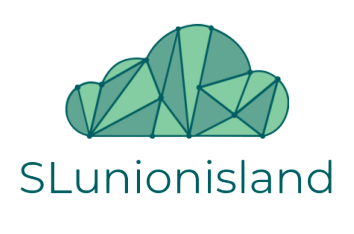In this digital age, technology has become an indispensable tool for the preservation and documentation of various aspects of our lives. One significant area where technology is making a remarkable impact is in the preservation and revitalization of endangered languages. As languages across the globe face the threat of extinction, tech-driven solutions are emerging as vital instruments in documenting and sustaining linguistic diversity.
Documenting Endangered Languages
Language documentation refers to the process of recording and archiving endangered languages for future reference. Traditionally, this involved field linguists and anthropologists spending years in remote locations, meticulously documenting the languages through audio or written materials. However, technology has revolutionized this process, making it more efficient and accessible.
Audio and video recording devices, along with advanced linguistic software, have greatly facilitated language documentation. Linguists can now use portable recording devices to capture native speakers pronouncing words and phrases. These recordings are then transcribed and analyzed using linguistic software, aiding researchers in understanding the structure, grammar, and vocabulary of endangered languages.
Revitalizing Endangered Languages
Revitalizing endangered languages involves taking measures to reverse language shift and promote their everyday use. Here too, technology has proven to be an invaluable ally. Digital tools provide innovative ways to engage and educate communities about their native languages.
Language learning apps, websites, and online platforms have made it possible for individuals to learn endangered languages at their own pace. These platforms offer interactive lessons, language games, and audio recordings to aid in pronunciation. Additionally, mobile apps allow users to connect with native speakers and participate in language exchange programs regardless of their geographical location.
Preserving Cultural Heritage
Preserving endangered languages is not just about linguistic diversity but also about safeguarding cultural heritage. Languages are deeply interconnected with people’s identity, history, and traditions. When a language disappears, a part of heritage is lost forever.
Technology facilitates the preservation of cultural heritage by creating digital archives. These online databases contain audio recordings, written texts, and other linguistic resources that can be accessed and studied even after a language ceases to be spoken. These archives are precious resources for future research and serve as a repository of cultural knowledge and traditions.
The Future of Language Preservation
The development and utilization of technology in language preservation is still an ongoing process. As advancements continue to take place, we can expect even more sophisticated tools to emerge. For example, researchers are exploring the use of artificial intelligence (AI) to analyze and decipher endangered languages.
Furthermore, the advent of virtual reality (VR) and augmented reality (AR) opens up new possibilities for language preservation. VR can recreate extinct cultures and provide an immersive experience for learners, while AR can enhance language learning by overlaying vocabulary and grammatical explanations directly onto real-world objects.
In conclusion, technology is playing a crucial role in documenting and revitalizing endangered languages. By enabling efficient language documentation, providing platforms for language learning and exchange, preserving cultural heritage, and opening up new possibilities for the future, technology offers hope in preserving linguistic diversity for generations to come.
